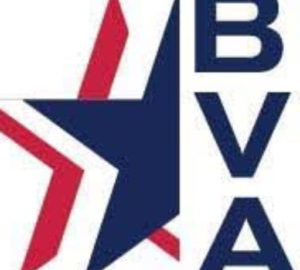The United States Marine Corps Reserve (USMCR), also known as the Marine Forces Reserve (MARFORRES), celebrates its birthday next Thursday, August 29. USMCR’s primary purpose is to support and strengthen the Marine Corps active-duty units during expeditions.
Reserve Marines maintain civilian commitments but are ready to support their Corps in major combat assignments, humanitarian efforts, and national emergencies. They are considered Marines and are thus expected to live up to the same standards as all Marines, regardless of duty status.
USMCR was born out of increased demand for warfighters as World War I became more likely. In 1916, President Woodrow Wilson signed the Naval Appropriations Act. The Reserves grew from 35 to 6,467, including 300 women, at the time of the German surrender on November 11, 1918.
Reservists fought on both land and sea during World War II. They are known as some of the fiercest warriors during World War II, especially in the Pacific campaign where they distinguished themselves in seizing crucial strategic targets such as the Solomon, Marshall, Marianna, Iwo Jima, and Okinawa Islands. Reserve Marines performed valiantly throughout the war, as 44 of the 82 Marine Medal of Honor recipients were Reservists. Reserve Marines numbering 20 received the Medal of Honor for actions in the Battle of Iwo Jima alone.
USMCR is now the largest command in the United States Marine Corps, with about 40,000 Reserve Marines and 184 Reserve Training Centers across the country.
This week an 85-year-old veteran Gunnery Sergeant from Atlanta, Georgia, reflected on the valor of Marine Corps reservists throughout the nation’s history. Read the impressions of the veteran as reported by the local VA Office of Public Affairs in Atlanta.


